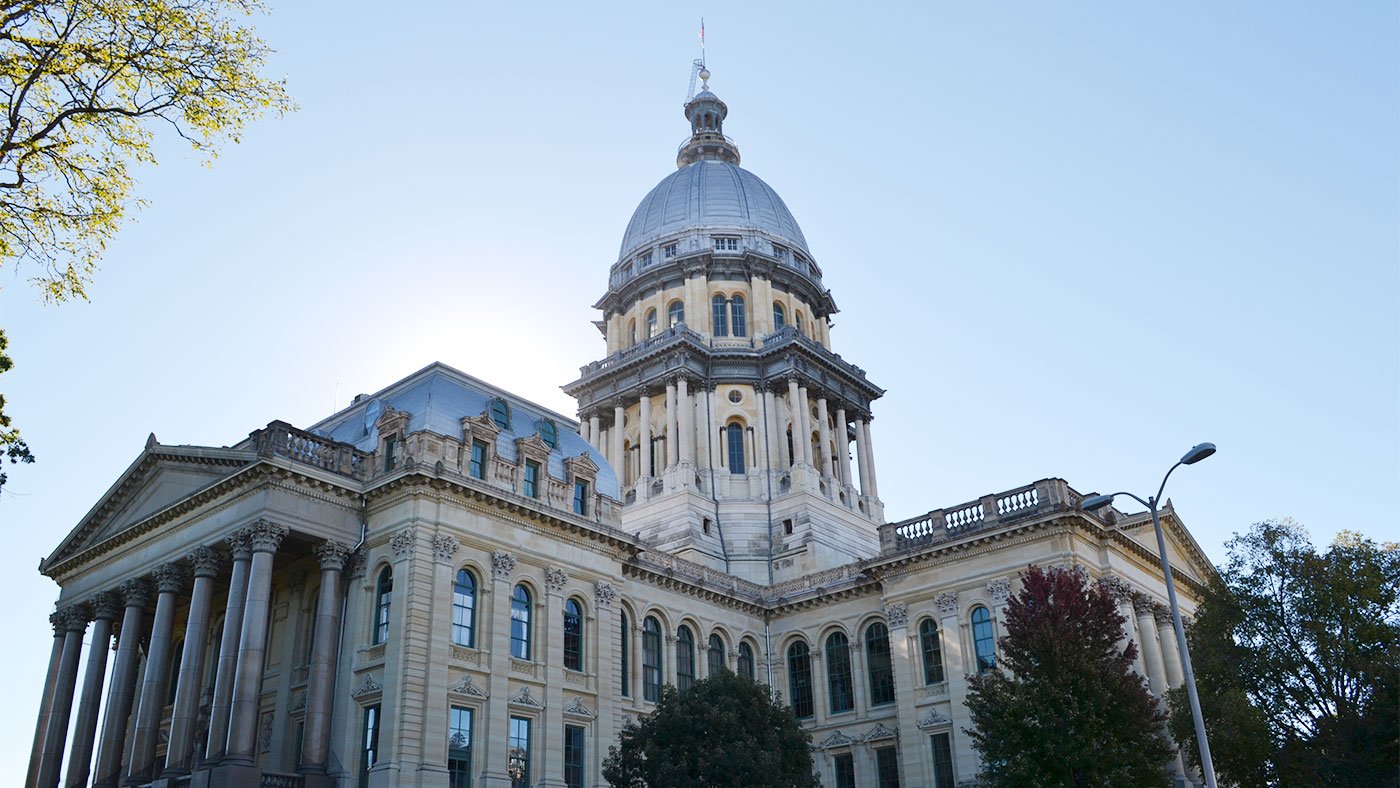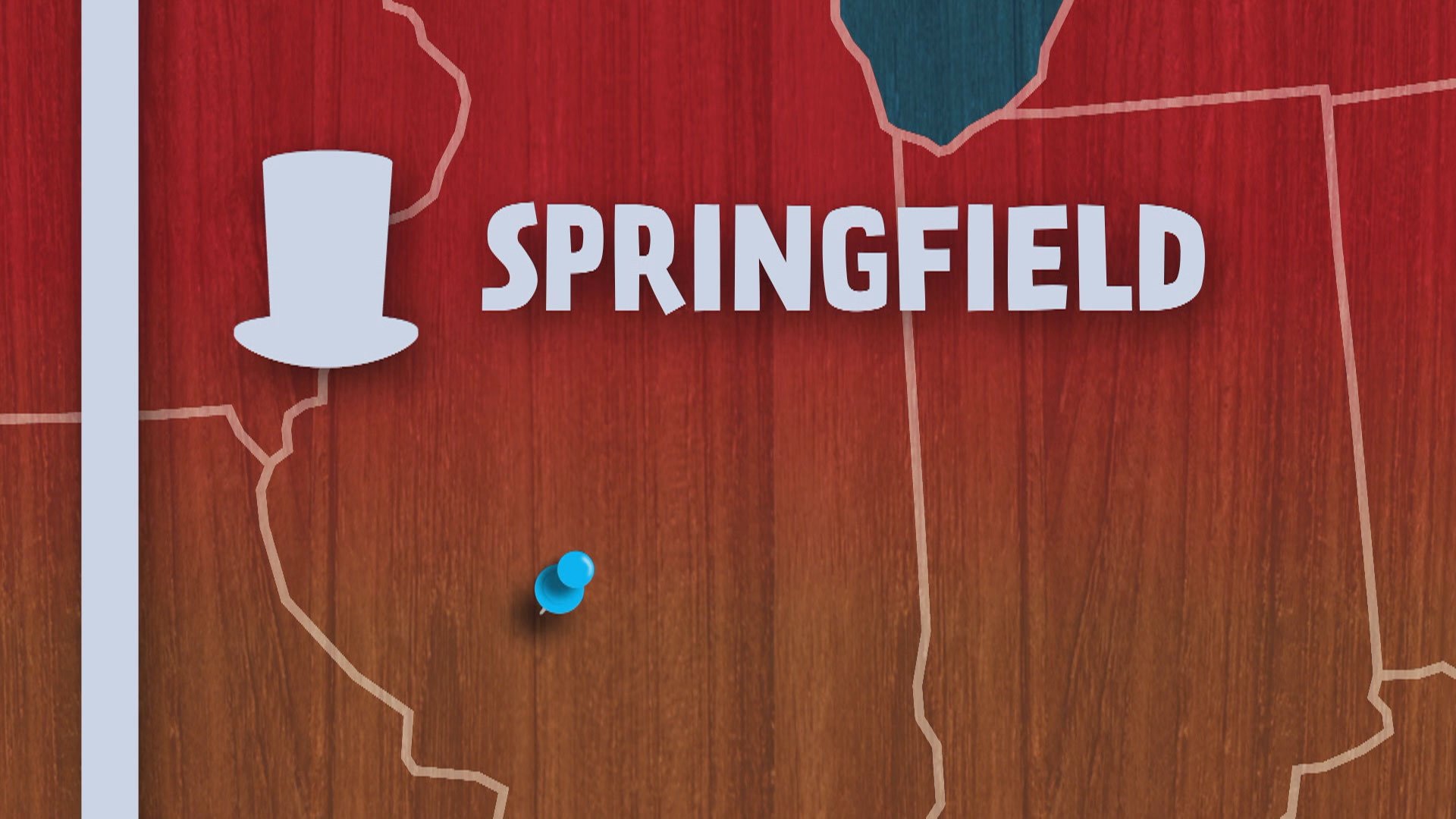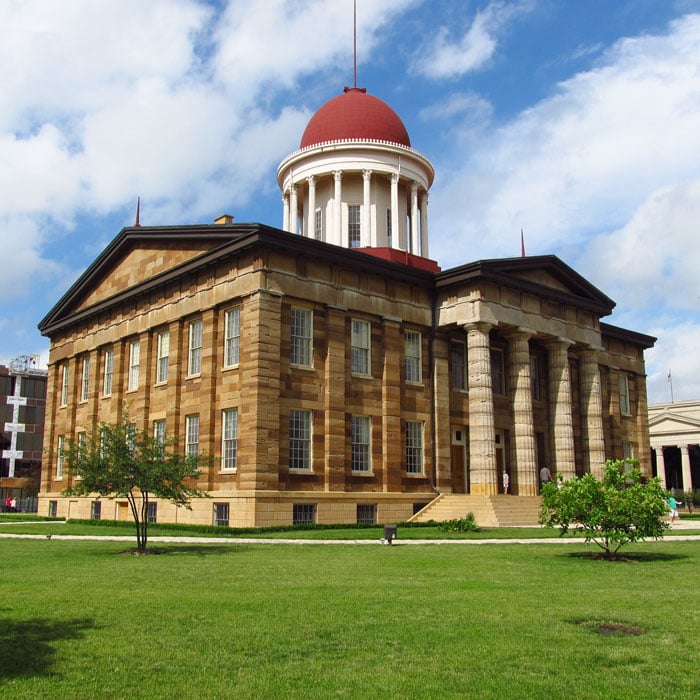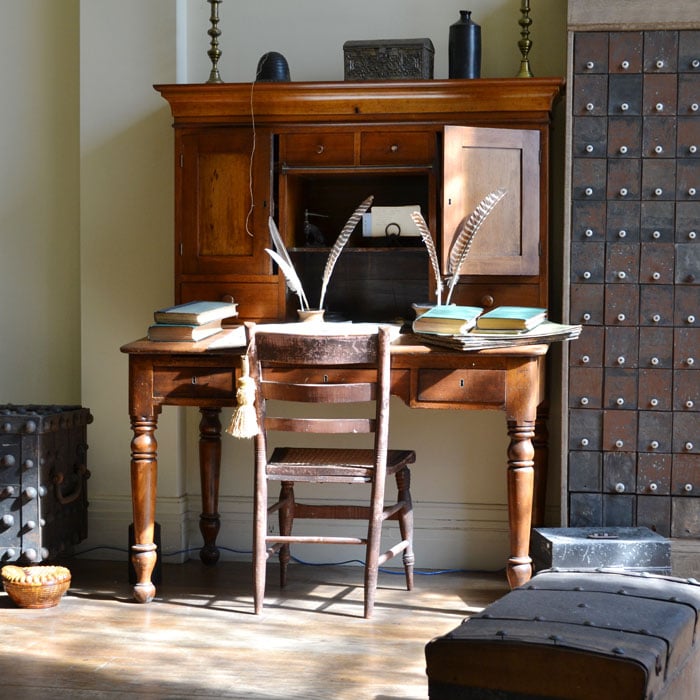Springfield, Illinois


A trip to Springfield, Illinois is a rite of passage for almost any middle-school student raised in the Land of Lincoln. But it also attracts travelers of all ages interested in learning more about our state’s history, witnessing the workings of its government, trying out some unique Illinois cuisine, and, of course, walking in the footsteps of the most iconic Illinoisan of all time.
The Capitol Building is a great place to start, not only for the civics lessons it provides but also for its aesthetics. “The Capitol is an over-the-top but underappreciated gem of Illinois architecture,” wrote Chicago Tribune architecture critic Blair Kamin, “a Gilded Age stunner that, befitting its status as the nation's tallest domed capitol (taller even than the U.S. Capitol), has the capacity to lift our sights and spirits.” Docent tours are offered intermittently, but the Secretary of State’s office has also put together a handy guide for self-guided tours. When the legislature is in session, visitors can also wander into the House or Senate chambers for a glimpse of Illinois politics in action.
Before the current Capitol building opened in 1877, the Old State Capitol, built in 1839, was the center of Illinois political life. (Most Americans today remember it as the place where Barack Obama announced his candidacy for president in February 2007.)



Abraham Lincoln was integral in lobbying the 1837 Illinois General Assembly to move the state capital here from Vandalia. Back then, he was serving as a state representative of Sangamon County. He relocated to Springfield soon after, where he launched his law practice, married, became a father, and lived out much of his adult life before re-entering politics and moving to Washington, DC. Although he didn’t grow up in Springfield, today he is celebrated as a native son.
Over the years, several of the locations throughout Springfield where Abraham Lincoln lived, socialized, worshipped, and gave public speeches have been carefully preserved. In addition to the Old State Capitol, which has been reconstructed to look as it did in Lincoln’s time, visitors can tour the family home where he and Mary Todd Lincoln started and raised their family. And Salem, the village where Lincoln grew up, has also been reconstructed approximately twenty miles outside Springfield.
The Abraham Lincoln Presidential Library and Museum, which opened in 2005, is the latest addition to the Lincoln-themed attractions. Much of it has the feel of, as a New York Times writer put it, “Madame Tussaud’s-meets-Walt Disney.” But it is also home to an impressive collection of artifacts from the Civil War and from Lincoln’s life. They include an original handwritten copy of the Gettysburg Address, the gloves that were in President Lincoln's pocket the night he was assassinated, and the quill pen he used to sign the Emancipation Proclamation.

On February 11, 1861, Lincoln left Springfield for the last time for his inaugural journey to Washington, DC. More than a thousand residents gathered to see him off at the Great Western Railroad depot (also preserved for posterity), where he gave an impromptu speech from the back of the train: “My friends, no one, not in my situation, can appreciate my feeling of sadness at this parting. To this place, and the kindness of these people, I owe everything.”
Lincoln did not return to Springfield in his lifetime, but Springfield was the final destination of his funeral train and where his body is buried.

